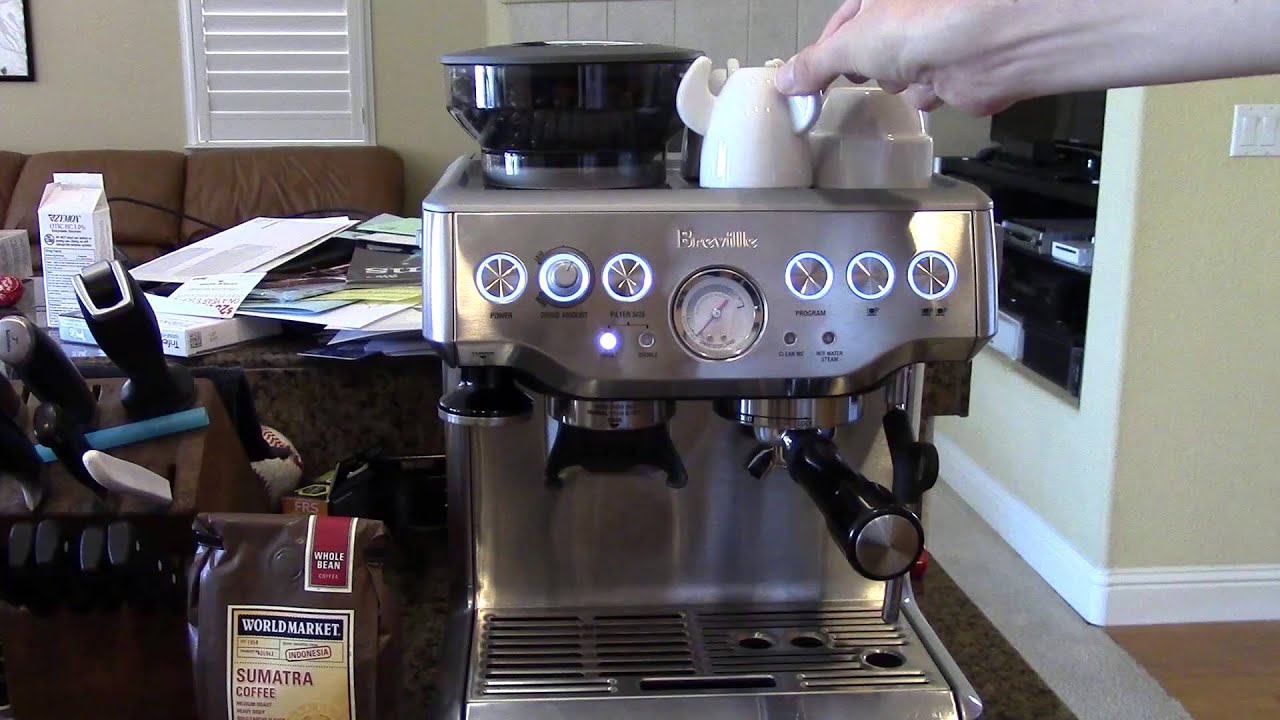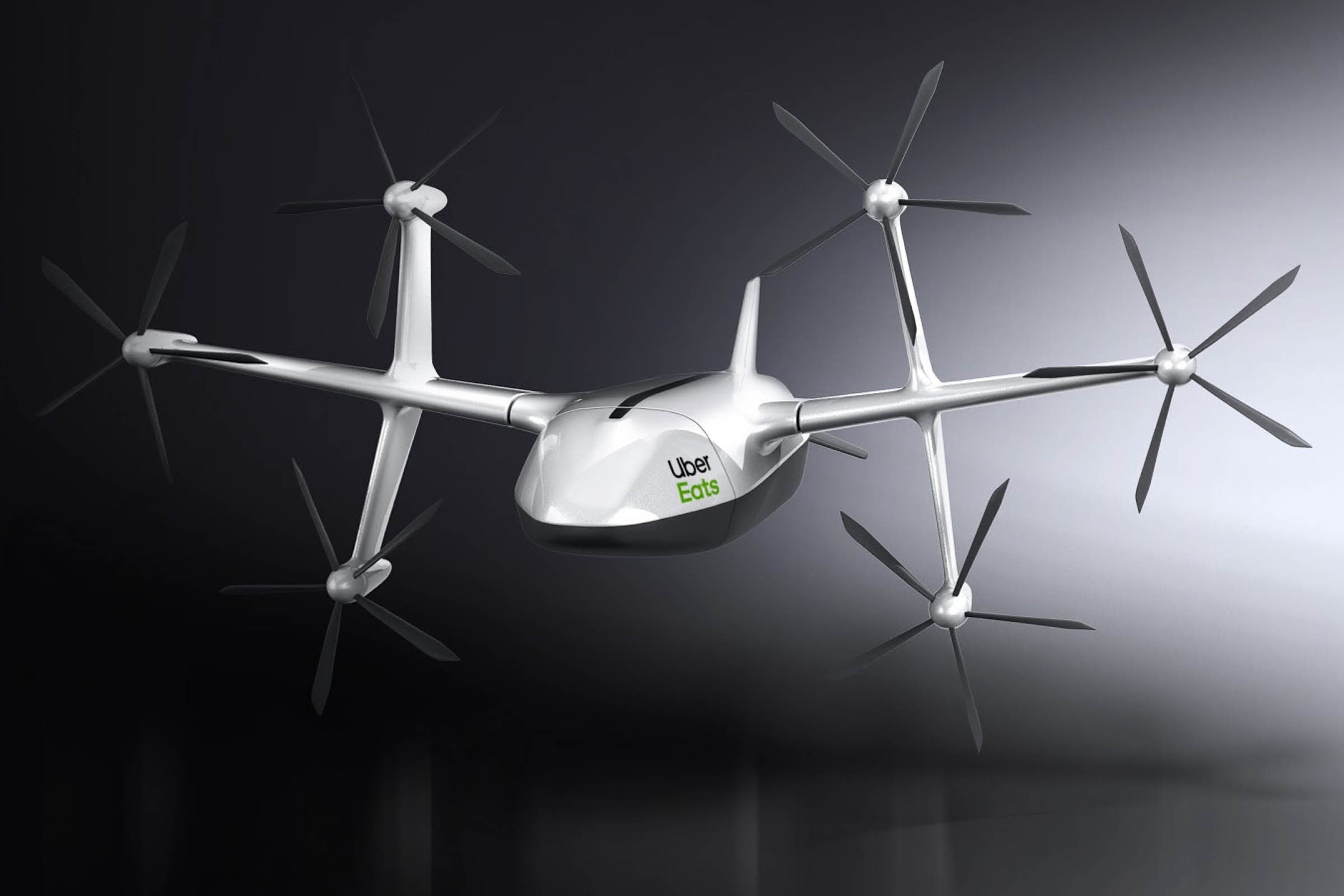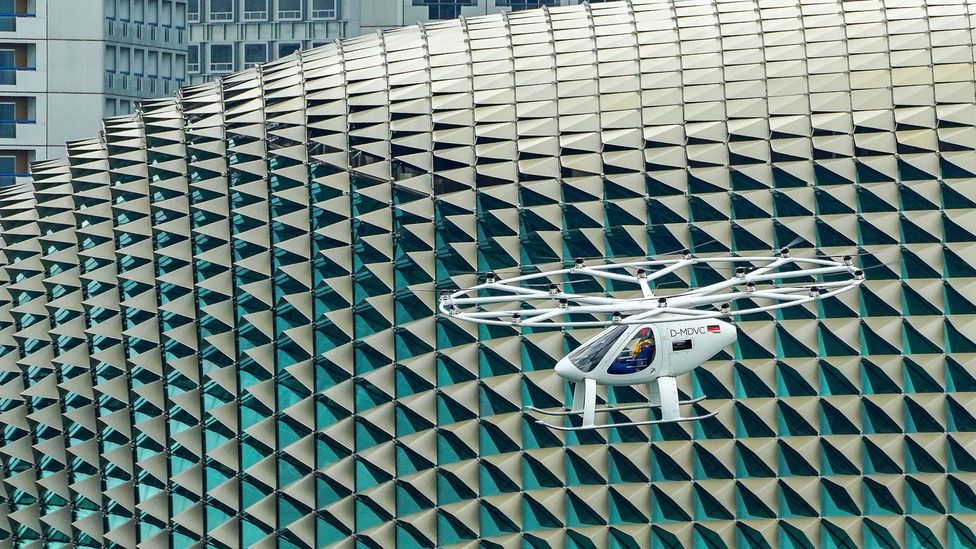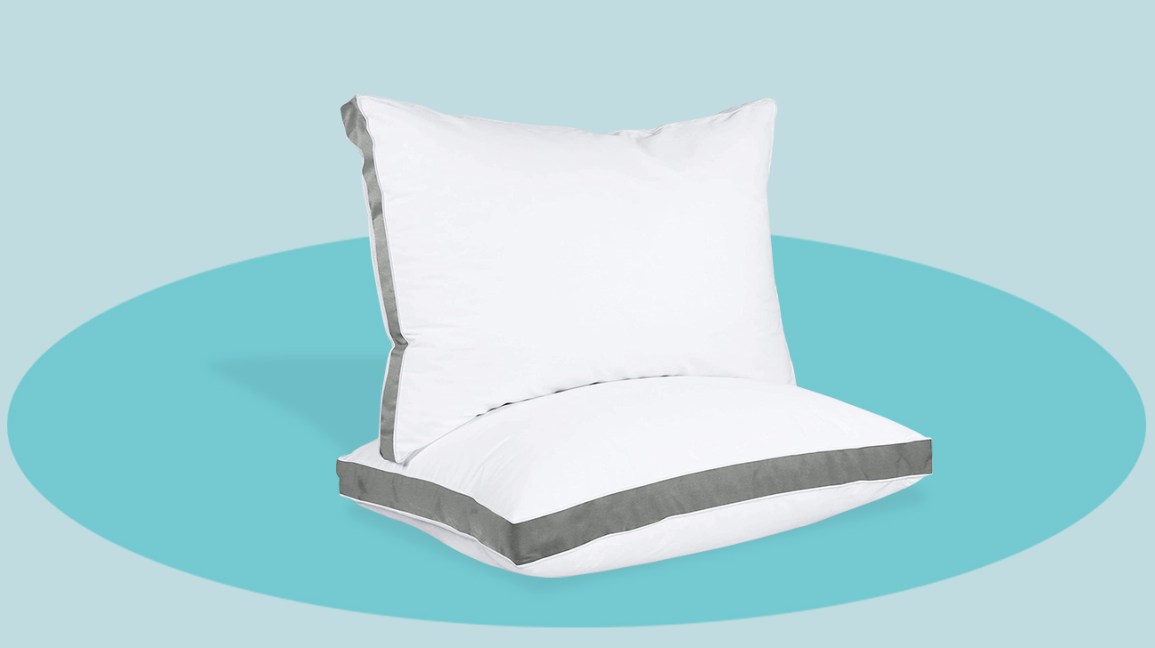Breville Coffee Machine How To Use
If you’re like most people, you probably start your day with a cup of coffee. Breville makes it easy to get the perfect cup of coffee at home with their line of coffee machines. In this article, we’ll show you how to use a Breville coffee machine so that you can enjoy a delicious cup of java any time of day.
First, make sure that your Breville coffee machine is properly plugged in and turned on. Then, lift up the lever on the top of the machine and insert a paper filter into the filter holder. Next, scoop your desired amount of ground coffee into the filter.
For a medium-sized cup of coffee, we recommend using about two tablespoons of grounds.
Are you a coffee lover? If so, then you probably have a Breville coffee machine. But do you know how to use it?
Here are some tips on how to get the most out of your machine:
1) Make sure that you always use fresh, cold water. This will help to ensure that your coffee tastes its best.
2) When measuring out the coffee, be sure to use the scoop that came with your machine. This will help to ensure that you don’t over or under-do it.
3) Be sure to clean your machine regularly.
This will help to keep it in top condition and prevent any build-up of grit or residue.
4) If you want to make iced coffee, simply brew a pot of extra strong coffee and pour it over ice cubes. Add milk or cream if desired.
How To Use The Breville Barista Express
How Do You Use a Breville Coffee Maker?
There are many ways to use a Breville coffee maker, but here are some basic instructions on how to get started. first, choose the size of coffee you would like to make. The machine will have settings for small, medium, or large cups of coffee.
Then select the grind setting. You can choose from a variety of grinds, depending on your preference. For most people, a medium grind is ideal.
Next, insert the filter into thefilter holder and add ground coffee to the filter. Be sure not to overfill the filter so that water can flow through it easily. Finally, add water to the reservoir and select your brew time.
Depending on how strong you like your coffee, brewing times will vary from 1-3 minutes. Once your coffee is finished brewing, enjoy!
What is the Best Setting for the Breville Coffee Machine?
There is no one-size-fits-all answer to this question, as the best setting for your Breville coffee machine will depend on a number of factors, including the type of coffee beans you are using, the grind size, and your personal preferences.
That said, there are a few general tips that can help you get started:
-If you’re using pre-ground coffee, start by experimenting with the coarseness settings to see what produces the best results.
A good rule of thumb is to start with a medium setting and adjust from there.
-If you’re grinding your own beans, keep in mind that a finer grind will produce a stronger cup of coffee. So if you like your coffee on the weaker side, opt for a coarse grind.
-Finally, take some time to experiment with the different settings on your machine until you find the perfect combination for your needs.
How Much Coffee Do You Put in a Breville Coffee Maker?
The Breville coffee maker is a great machine that can make a delicious cup of coffee. However, how much coffee you put in the machine will depend on how strong you want your coffee to be. If you like a strong cup of coffee, you should use about 2 tablespoons of ground coffee for every 6 ounces of water.
If you prefer a weaker cup of coffee, then you can use 1 tablespoon of ground coffee for every 6 ounces of water.
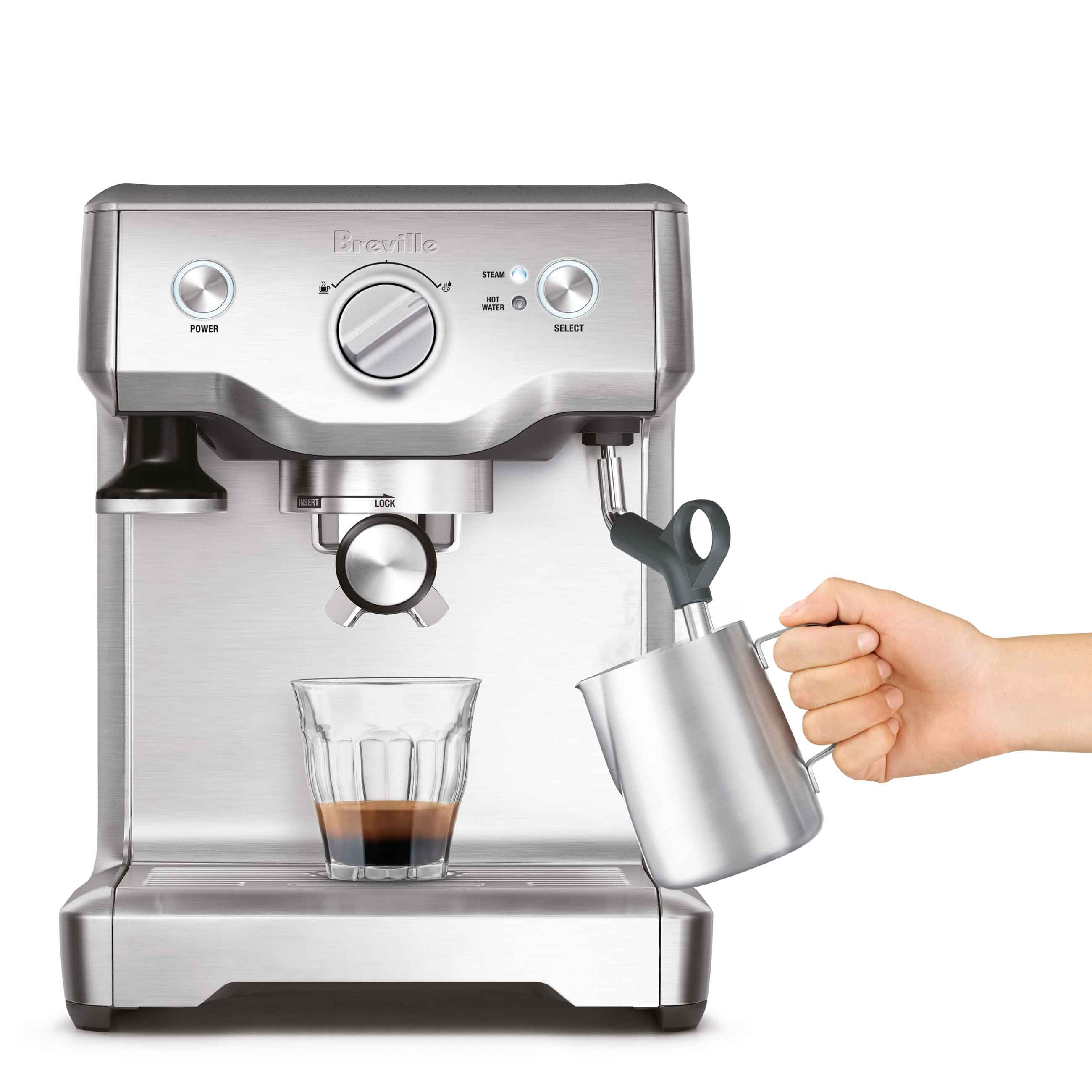
Credit: www.breville.com
How to Use Breville Coffee Machine One Touch
If you’re a coffee lover, then you know that having a good quality coffee machine is a must. And if you’re looking for the best of the best, then you need to check out the Breville Coffee Machine One Touch. This machine is designed for those who want to enjoy a great cup of coffee without any hassle.
Here’s how to use it:
1. Fill the water tank with fresh, cold water. Make sure to use filtered water for best results.
2. Insert your favorite coffee filter into the filter basket.
3. Place your desired amount of ground coffee into the filter basket. The amount will depend on how strong you like your coffee.
For reference, 1 tablespoon is equivalent to 6 grams of ground coffee beans.
4..
How to Use Breville Coffee Maker With Grinder
If you’re looking for a great cup of coffee, you’ll want to invest in a Breville coffee maker with grinder. This type of coffee maker is designed to grind your beans fresh, so you’ll always have a perfect cup of coffee. Here’s how to use your Breville coffee maker with grinder:
1. Choose your beans. You can use any type of bean that you like for your coffee. Just make sure that they’re fresh and not too old.
Old beans will produce a weaker cup of coffee.
2. Grind the beans. Place the beans in the grinder and choose the setting that you want (coarse or fine).
The coarser the setting, the longer it will take to brew your coffee. If you’re in a hurry, choose the fine setting.
3) Add water to the reservoir and place a filter in the brew basket.
Make sure that you add enough water – if there’s not enough, your coffee will be weak; if there’s too much, it will overflow when brewing.
4) Place the carafe under the spout and press “brew.” Your delicious cup of coffee will begin dripping into the carafe – enjoy!
How to Use Breville Nespresso Machine
If you’re like most coffee lovers, you probably can’t start your day without a freshly brewed cup of joe. But who has time to stand in line at a cafe every morning? Breville’s Nespresso machine lets you make professional-grade espresso right in your own kitchen.
Here’s how to use it:
Start by filling the water tank with fresh, cold water. Then insert a Nespresso capsule into the machine.
Close the lever and select your desired espresso size. The machine will take care of the rest, heating the water and pumping it through the capsule to create a delicious espresso.
To froth milk for lattes and cappuccinos, simply attach the steamer wand to the side of the machine and turn it on.
Place a small amount of milk in the pitcher and hold it underneath the wand until it’s nice and frothy. Add this to your espresso for a truly decadent coffee experience.
Conclusion
If you’re a coffee lover, then you know how important it is to have a good coffee machine. And if you’re looking for a top-of-the-line coffee machine, then the Breville is definitely worth considering. In this post, we’ll show you how to use the Breville coffee machine so that you can get the most out of it.
First, make sure that your Breville machine is properly plugged in and turned on. Then, open up the water reservoir and fill it with cold water. Next, insert a filter into the filter basket and place your ground coffee into the brew basket.
Finally, select your desired brew settings and press the start button.
Once your coffee is done brewing, enjoy!
What Are The Safety Guidelines For Your Drone Startup
There are a few safety guidelines you should follow when starting your drone business. First, always fly your drone in accordance with the law. This means flying in approved areas, staying below 400 feet, and avoiding restricted airspace.
Second, make sure your drone is registered and has all the proper markings. This will help identify it if it falls out of the sky or gets lost. Third, inspect your drone before each flight to make sure everything is in working order.
Check the batteries, propellers, and cameras to ensure they are all functioning properly. Finally, always keep your eye on the drone while it is in the air. If you lose sight of it, bring it back to you immediately.
By following these simple safety guidelines, you can ensure that your drone business will be a success.
There are a few safety guidelines you should keep in mind when starting a drone startup:
1. Always fly your drone in accordance with the law. This means understanding and following the rules and regulations set by your local authorities.
2. Make sure your drone is registered and has all the required markings. This will help ensure that your drone can be identified if it goes missing or crashes.
3. Keep your drone within visual line of sight at all times.
This means being able to see your drone at all times, without the use of binoculars or other devices.
4. Never fly near airports or other restricted areas. This could pose a serious safety hazard to both you and others nearby.
5. Be aware of your surroundings and avoid flying over people or property. Remember that a drones can fall from the sky at any time, so always exercise caution.
What are the rules to fly your drone in 2022?
What are Some Common Safety Guidelines for Operating Drones?
Operating a drone can be a fun and rewarding experience, but it’s important to follow some basic safety guidelines to ensure a safe and enjoyable flight. Here are some common safety tips for operating drones:
1. Always fly in good weather conditions.
High winds, rain, snow and other adverse weather conditions can make flying a drone unsafe. If the weather is not ideal, it’s best to wait for another day to fly.
2. Keep your drone within sight at all times.
It’s important to be able to see your drone while it’s in the air so you can avoid obstacles and stay aware of its surroundings.
3. Don’t fly near people or animals. Drones can cause serious injury if they collide with someone, so it’s important to keep them away from people and animals when flying.
4. Don’t fly over sensitive areas or property. Be respectful of others’ privacy and avoid flying over sensitive areas such as government buildings or private property without permission.
5. Follow all local laws and regulations regarding drones .
Each country has different laws about where drones can be flown, so be sure to research the rules in your area before taking off .
What are Some of the Safety Concerns of Drones?
As drone technology continues to develop, so do the safety concerns associated with their use. Here are just a few of the potential dangers of drones:
1. Loss of control: Because drones are often controlled remotely, there is a risk of losing control of the device.
This could lead to the drone crashing into buildings or people, causing serious damage or injury.
2. Interference with aircraft: There have been several reports of drones interfering with commercial aircraft, either by flying too close to them or by getting caught in their engines. This poses a serious safety risk to both the passengers and crew onboard as well as anyone on the ground below.
3. Privacy concerns: Drones equipped with cameras can invade people’s privacy, especially if they are used without permission. This could lead to people feeling uncomfortable or even threatened by the constant surveillance.
What are the Faa Rules on Drones?
There are a few different Federal Aviation Administration (FAA) rules that apply to drones, also called unmanned aircraft systems (UAS). First, anyone flying a drone for hobby or recreational purposes must follow the FAA’s model aircraft rules. These include flying only for fun, keeping the drone within sight at all times, and staying clear of airports and manned aircraft.
Second, anyone flying a drone for commercial purposes must have an FAA Remote Pilot Certificate and register their drone with the agency. To get a remote pilot certificate, you must be at least 16 years old and pass an aeronautical knowledge test at an FAA-approved testing center. You will also need to undergo a background check by the Transportation Security Administration.
Once you have your certificate and registered your drone, you can start flying commercially! There are some additional restrictions on commercial drones, such as flying only during daylight hours and keeping the drone within 400 feet of the ground. For more information on all of the FAA’s rules for drones, please visit their website or give them a call.
Do I Have to Register My Drone With the Faa?
Yes, effective December 21, 2015, anyone who owns a small unmanned aircraft of a certain weight must register with the Federal Aviation Administration’s Unmanned Aircraft Systems Registry before they fly outdoors. There are three different registration categories, based on the weight of your drone:
-Micro UAS: Less than 0.55 pounds (250 grams)
-Small UAS: More than 0.55 pounds but less than 55 pounds (25 kilograms)
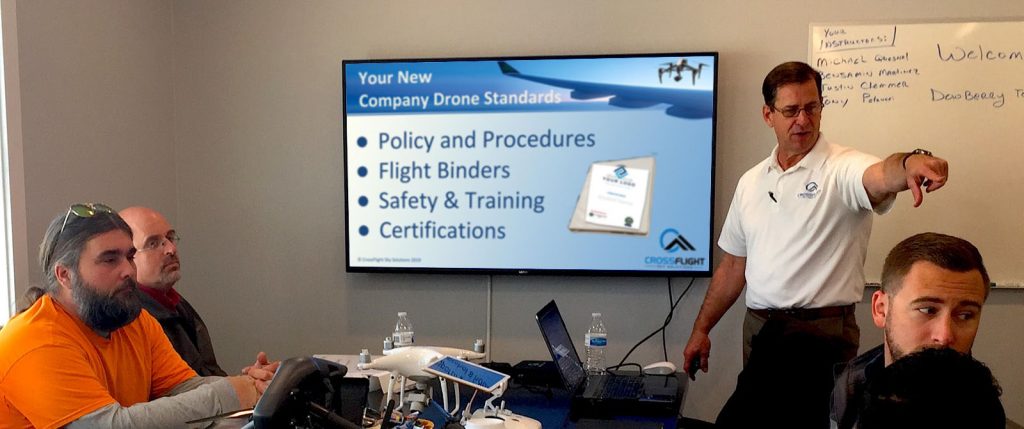
Credit: crossflightskysolutions.com
Faa Drone Rules 2022
The Federal Aviation Administration (FAA) has announced its new rules for drones, which will go into effect in August of 2022. The rules will require all drones to be registered with the FAA and have a unique identifier that is visible on the aircraft. Operators will also be required to pass an aeronautical knowledge test and obtain a remote pilot certificate in order to fly a drone.
The new rules are designed to improve safety and reduce the risk of collisions between drones and other aircraft. They will also help law enforcement identify and track drones that are being operated illegally.
All drone operators will need to comply with the new rules or they could face civil penalties or criminal charges.
The FAA is also working on additional regulations that would allow drones to be operated in more areas without disrupting other aircraft.
Faa Recreational Drone Rules
In December 2015, the FAA released its long-awaited rules for recreational drone use. Under these new rules, recreational drones must be registered with the FAA and pilots must obey a set of safety guidelines. Here’s what you need to know about the new rules.
First, all drones weighing more than 0.55 pounds must be registered with the FAA. This can be done online at the FAA website and costs $5. Once your drone is registered, you will be given a registration number that must be affixed to your drone.
Second, recreational drones may only be flown in daylight and in good weather conditions. Pilots must maintain visual contact with their drones at all times and cannot fly them above 400 feet or near airports or other aircraft. Additionally, drones may not be flown over crowds of people or near stadiums or other events.
Third, pilots must yield right of way to manned aircraft and avoid flying in prohibited or restricted areas such as national parks or military bases. Finally, pilots are responsible for understanding and obeying all local laws and regulations regarding drone use.
The new FAA rules provide a framework for safe and responsible recreational drone use.
Faa Drone Regulations
The Federal Aviation Administration (FAA) is responsible for regulating drones in the United States. Currently, the FAA requires all drones to be registered with the agency. Drone operators must also comply with a set of safety rules, which includes keeping the drone within visual line of sight at all times and not flying near airports or other restricted areas.
The FAA is currently working on developing more comprehensive regulations for drones, which are expected to be released sometime in 2017. In the meantime, it is important for drone operators to stay up-to-date on the latest rules and regulations governing drone use in order to avoid any penalties or fines.
Conclusion
When it comes to drones, there are a few safety guidelines that you should keep in mind for your startup. First and foremost, always fly your drone in open areas away from people and property. Secondly, make sure to check the weather conditions before flying as high winds can impact your drone’s stability.
Lastly, always keep an eye on your drone while it is in the air and never lose sight of it. By following these simple safety guidelines, you can ensure that your drone startup will be safe and successful.
How To Create Your Drone Startup Safety Policy
There are a few things to consider when creating your drone startup safety policy. First, you will need to decide what kind of drones you will be using and what they will be used for. Will you be flying them indoors or outdoors?
Will you be flying them over people or property? Once you have decided on the types of drones you will be using, you will need to create a list of rules and regulations that everyone in your company must follow.
- Define the purpose of your drone startup safety policy
- The policy should state the company’s commitment to safety and explain how you will manage risks associated with drones
- Establish rules and procedures for employees who will be operating drones as part of their job
- This could include things like getting certification, following specific protocols when flying, and maintaining a log of flights
- Make sure your insurance covers you for any damage or injuries that could occur as a result of drone use
- Educate all employees on the dangers of careless drone use and what they can do to avoid accidents
- Include information on what to do if an accident does happen
- Periodically review and update your policy as needed to reflect changes in the law or company procedures
Starting a Drone Business? – 5 years advice in 10 minutes
What are 5 Safety Precautions You Need to Take When Using Drones?
When it comes to flying drones, safety is always the top priority. Here are five safety precautions you need to take when using drones:
1. Read the manual and familiarize yourself with the drone before taking it out for a spin.
This way, you’ll know how it works and what its capabilities are.
2. Always fly in open areas where there’s plenty of room for the drone to maneuver. Avoid flying near people or in crowded areas.
3. Stay within your line of sight at all times when flying the drone. If you lose sight of it, bring it back to you immediately.
4. Don’t fly in bad weather conditions like strong winds or heavy rain/snowfall.
These can cause the drone to crash or lose control.
How Do I Start a Drone Security Business?
If you’re looking to start a drone security business, there are a few things you’ll need to do. First, you’ll need to obtain a Part 107 Certificate from the FAA. This certificate will allow you to legally operate a drone for commercial purposes.
Next, you’ll need to purchase a drone that is equipped with the proper safety and security features. Once you have your drone, you’ll need to create a business plan and obtain the necessary insurance coverage. Finally, you’ll need to market your new business and find customers who are in need of your services.
What is the Drone Code of Safety?
The Drone Code of Safety is a set of guidelines designed to help drone pilots fly safely and responsibly. The code covers a range of topics, from choosing the right drone for your needs, to understanding the rules and regulations surrounding drones, to flying safely and respectfully.
What Types of Regulations are Given to Drones?
The Federal Aviation Administration (FAA) is responsible for regulating drones, or Unmanned Aircraft Systems (UAS), in the United States. The FAA regulates all aircraft in the US, including drones. All drone operators must comply with FAA regulations.
There are three main types of FAA regulations for drones: registration, operating rules, and air traffic control clearance. All drone operators must register their drone with the FAA. Drone registration is free and can be done online.
Once your drone is registered, you will receive a Certificate of Registration which you must keep with your drone at all times.
Operating rules vary depending on the weight and purpose of your drone. Generally speaking, drones must be flown below 400 feet, within sight of the operator, during daylight hours only, and not near airports or other manned aircraft.
There are also specific rules for flying drones over people andflying drones near wildfires .
All drone operators must obtain air traffic control clearance before flying in controlled airspace . This includes airspace around airports, helipads, and military bases.
You can request clearance by filing a Flight Plan through the LAANC system .

Credit: www.pcmag.com
Drone Policy Template
As the use of drones increases, so does the need for a clear and concise drone policy. A drone policy template can help your organization set guidelines for the use of drones and ensure that everyone is on the same page.
When it comes to drones, there are a few things to consider.
First, you need to decide what types of drones are allowed and what type of activity they will be used for. Next, you’ll need to set guidelines for safety and security. Finally, you’ll want to establish a process for reporting incidents or accidents.
A well-crafted drone policy will address all of these issues and more. It should be tailored to your organization’s specific needs and requirements. Use this drone policy template as a starting point for creating your own custom policy.
Public Safety Drone Policy
The use of drones by public safety officials is a hot-button issue that has been making headlines in recent years. There are a variety of opinions on the matter, but no definitive answer on whether or not this practice is legal or ethical.
Most recently, the city of Chula Vista, California made headlines when they announced their plans to become the first city in the nation to allow police officers to use drones for public safety purposes.
This announcement was met with mixed reactions from the community, with some people expressing support and others voicing concerns about privacy and civil liberties.
At present, there is no federal law governing the use of drones by public safety officials. This means that each state has its own laws and regulations regarding this issue.
In some states, such as California, there are very specific laws regulating drone usage while in other states there are no laws at all. This lack of regulation can make it difficult for communities to know what their rights are when it comes to drone usage by public safety officials.
There are a few key arguments for and against the use of drones by public safety officials.
Proponents argue that drones can be an invaluable tool for law enforcement and search and rescue operations. They argue that drones can help save lives by providing a bird’s eye view of dangerous situations that would otherwise be too risky for officers to enter into. Additionally, they argue that drones can help reduce costs associated with these operations.
Opponents argue that the use of drones by public safety officials infringes on our right to privacy and could lead to a slippery slope of government surveillance. They also worry about the potential misuse of power if these devices were to fall into the wrong hands. Additionally, some opponents believe that there are more effective and less intrusive ways for public safety officials to do their jobs without resorting to using drones .
Ultimately, whether or not you believe that publicsafety officials should be allowedto usetransportationdrones probably depends on how you feel aboutthe balance betweenourright toprivacyandour needfor security . What doyou think?
Operating a Drone
Drone technology has revolutionized the way we view the world and how we do business. Drones are now used for a variety of purposes, including aerial photography, videography, mapping, surveying, delivery, and more. But what does it take to operate a drone?
Anyone who wants to operate a drone must first obtain a remote pilot certificate from the Federal Aviation Administration (FAA). This can be done by passing an aeronautical knowledge test at an FAA-approved testing center. Once you have your certificate, you will need to register your drone with the FAA.
When operating a drone, you must always maintain visual line of sight (VLOS) of the device. This means that you must be able to see the drone at all times while it is in operation. You should also avoid flying near airports or other areas where manned aircraft are present.
In addition to these general guidelines, there are also specific rules that apply to drones weighing less than 55 pounds. These include not flying above 400 feet or within five miles of an airport without prior approval from air traffic control. You must also yield right of way to manned aircraft and avoid flying over people or stadiums full of spectators.
Operating a drone can be a fun and rewarding experience as long as you follow the rules and regulations set forth by the FAA. By doing so, you can help keep our skies safe for everyone involved.
Conclusion
Creating a safety policy for your drone startup is important to ensure the safety of your employees and customers. Here are some tips on how to create a safe environment for your drone business:
1. Establish rules and regulations for flying drones.
This includes setting altitude limits, areas where drones are not allowed to fly, and speed limits.
2. Educate your employees on the proper way to operate a drone. This includes understanding the controls, pre-flight checks, and emergency procedures.
3. Inspect your drones regularly to ensure they are in good working condition. This includes checking the batteries, motors, propellers, and other parts of the drone.
4. Keep track of your drones at all times.
This includes knowing where they are located and who is operating them.
5. Respond immediately to any incidents or accidents involving drones.
